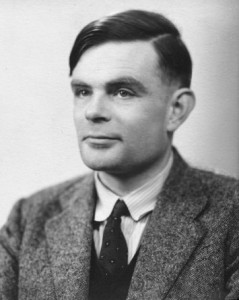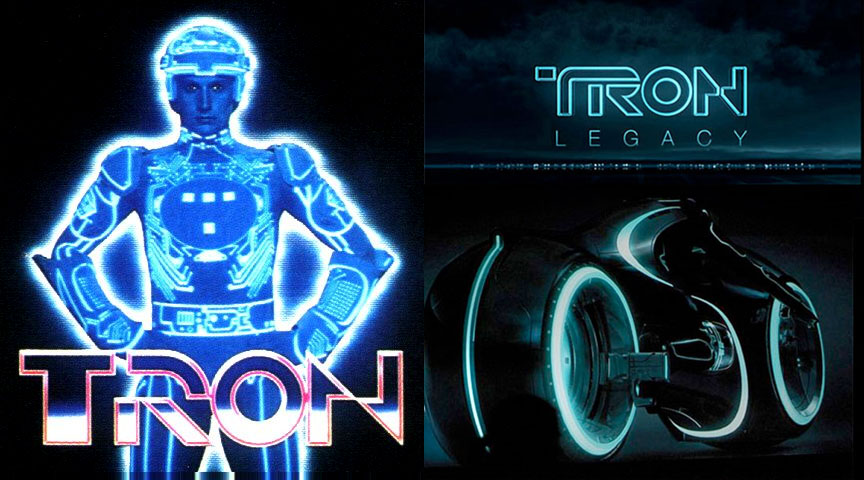
President Obama declared June to be LGBT Pride Month and so, I though it would be appropriate for us here at Cyborgology, to take a moment and recognize how LGBT peoples were foundational to the construction of cyborg studies and other inter/trans/multidisciplinary fields. I should note upfront that this incredibly brief summary, from a macro perspective, does some violence to the critical nuance of all the fields mentioned. I hope this post encourages further research, not angry comments about my (acknowledged) hurried treatment of the subject matter. Consider this more of a conversation-starter, than a stand-alone digest. I would also like to thank my good friend Naomi Ardjomandkermani for inspiring me to do this post. She does fantastic work with intersex communities on the web at http://intersexresources.moonfruit.com.


 As the 2012 presidential race ever so slowly gains momentum it remains clear that social media will be influencing elections for a long time to come. In the long run, does the shift towards social media campaigning change who is perceived to be a legitimate candidate? If so, social media might change who wins elections and therefore changes how we are governed. Avoiding [for now] the issue of whether social media has inherent tendencies towards the left or right, what I want to ask is: opposed to old media, does new media benefit political underdogs and outsiders?
As the 2012 presidential race ever so slowly gains momentum it remains clear that social media will be influencing elections for a long time to come. In the long run, does the shift towards social media campaigning change who is perceived to be a legitimate candidate? If so, social media might change who wins elections and therefore changes how we are governed. Avoiding [for now] the issue of whether social media has inherent tendencies towards the left or right, what I want to ask is: opposed to old media, does new media benefit political underdogs and outsiders?






